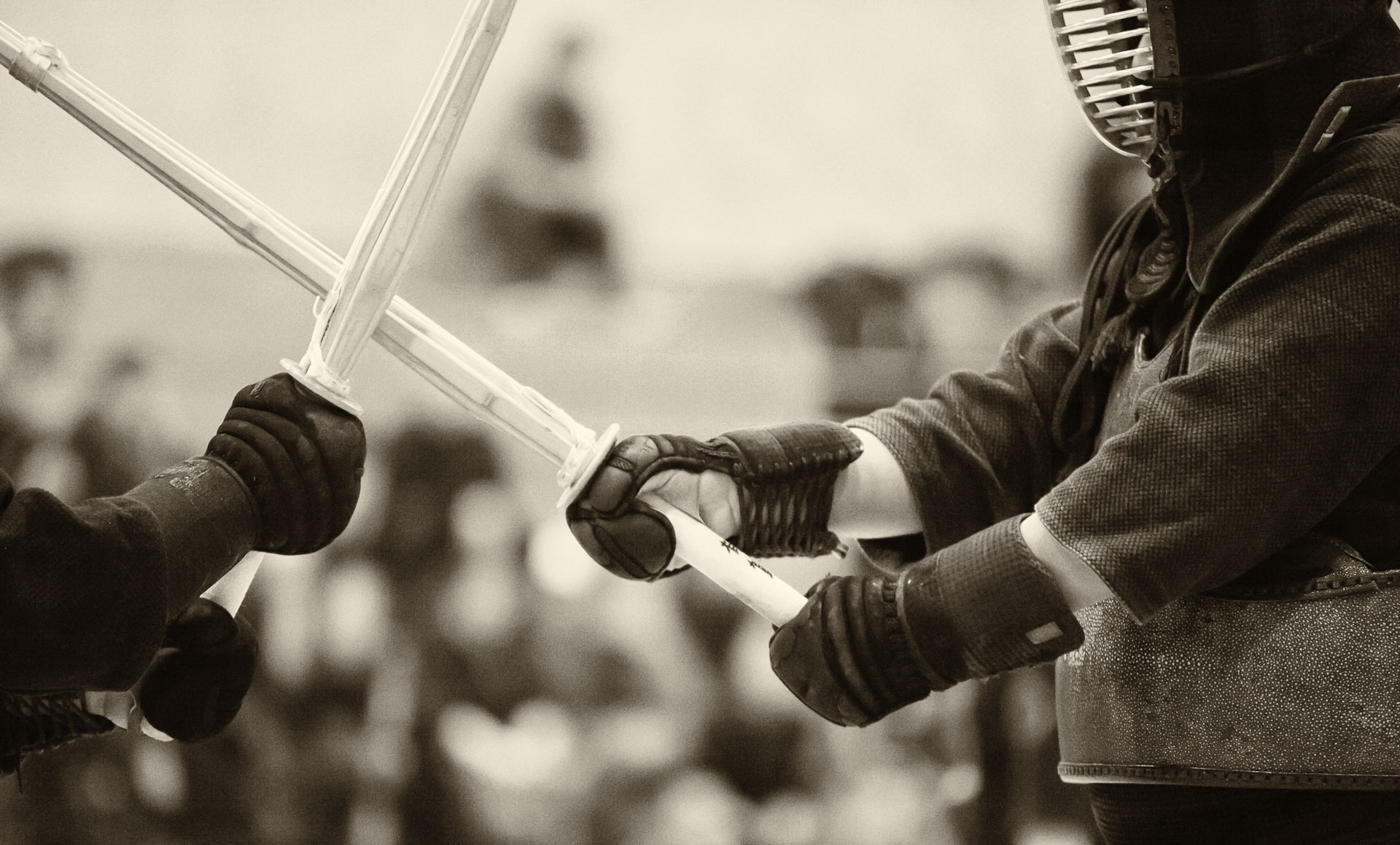
Browsing through photographs from Italy taken in the summer of 2009, I realized that photos prom Chinque Terre still make me feel as if I was standing at the cliff overlooking Vernazza only yesterday. This is surprising, because usually it takes only a few days after returning home for the “vacation mode” to give way to the daily routine.
During the first couple of days after coming back from our first trip to Europe, it became obvious that my being “off-line” for a few weeks did not result in any particular disasters neither at work nor at home. On the contrary, I felt re-calibrated in terms of my personal and research interests and priorities, so I made a resolution to maintain this “vacation” mindset in daily life. Well, it didn’t work. Instead of being simpler, life became progressively busier.
There is a joke, told to me by a colleague, which describes this situation very well. To paraphrase it: I would like to be a bus driver, because there would be no loads of undriven buses waiting for me after a vacation.
In this sense, an academic job is nothing like bus driving…
However, a glimpse of that Zen post-vacation state can evidently be triggered by a visual image. In this particular case, I was looking for a picture for a photo contest on Flickr and opened a Lightroom library with thousands of photos from our 2009 trip to Czech Republic and Italy. It is always pleasant to browse through old photographs, but the ones from Chinque Terre had a particularly strong effect. These five colorful seaside towns that cling to the cliffs are strikingly beautiful, and the whole region has a romantic atmosphere, which makes it one of the most popular tourist destinations. Visually, I had no reference point for the Liguria landscapes in my prior experience – they are truly unique and seem to be frozen in time centuries ago. Seeing these images, even on a computer screen, even several years later, instantly forced my brain to disengage from the daily “treadmill mode”. This is an example of a picture that is worth a thousand words – there is a tremendous amount and depth of information, including the underlying emotional content, that can be transmitted visually.
At the moment, we are planning a trip to Côte d’Azur, often referred to as the French Riviera, later this summer. It will be our second European trip with Anna. She is 18-months-old now, so she will not remember any of it in a conventional sense, but I wonder if looking at our photographs a few years later would stir up some memories or feelings. I am packing the photo gear just in case.


. On February 8, I went to Steveston kendo taikai – the largest kendo tournament in North America. Being quickly eliminated from the tournament ladder myself provided opportunities for shooting. (One needs to find positive in everything, they say… One day, mind will prevail over matter… one day!) Needless to say, the autofocus speed was unbelievable, compared to a 5D Mark II
, and so was low light performance. The focussing speed depends a lot on the lens, of course.
for that day, but I already knew that it was very unforgiving. One really needs to practice following the subject and anticipating the action, and even then, some missed shots are expected. It’s all worth it, though, as the shallow depth of field of this lens is unmistakeable and very appealing.
see these galleries of a rock performance and an indoor rowing competition.
















